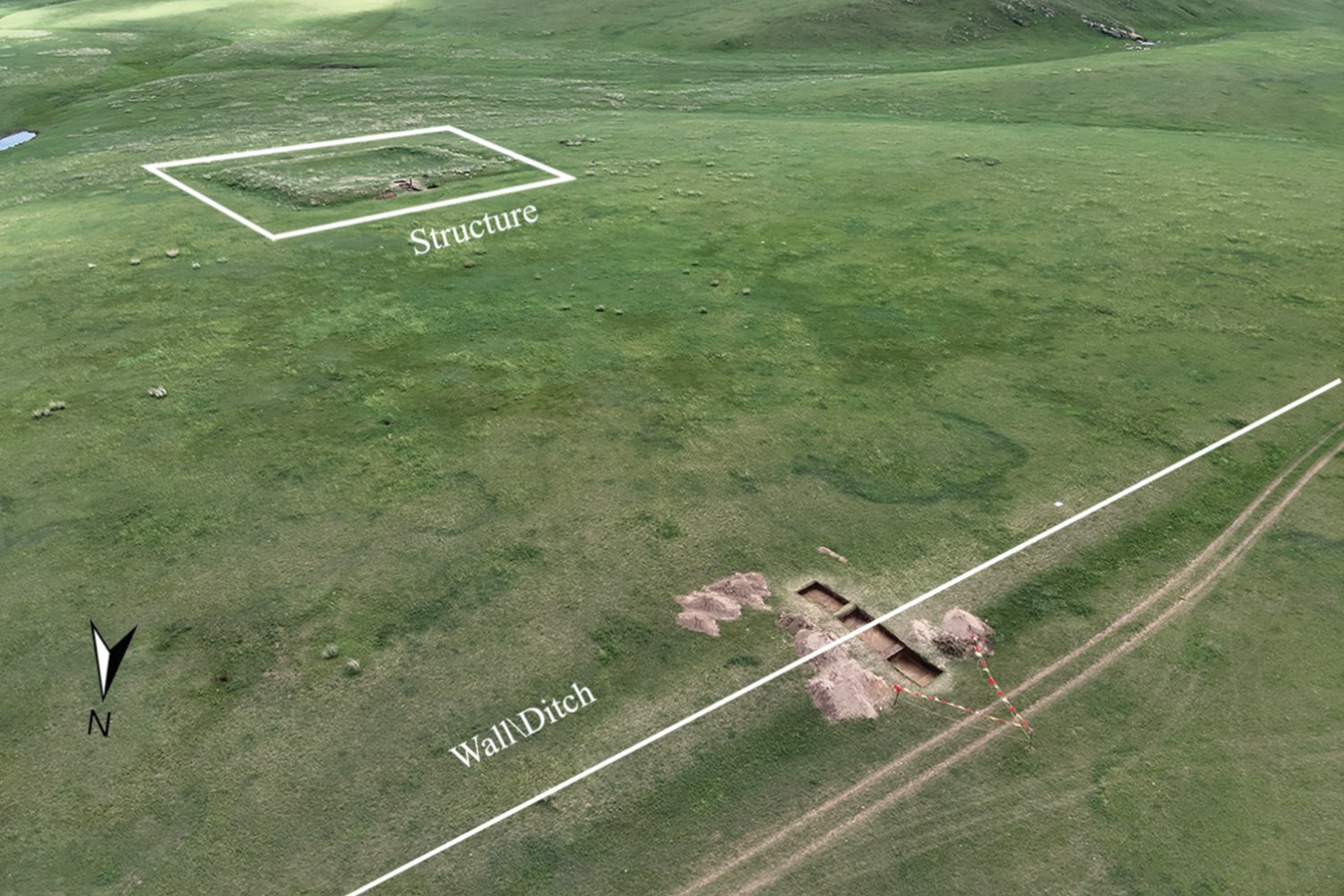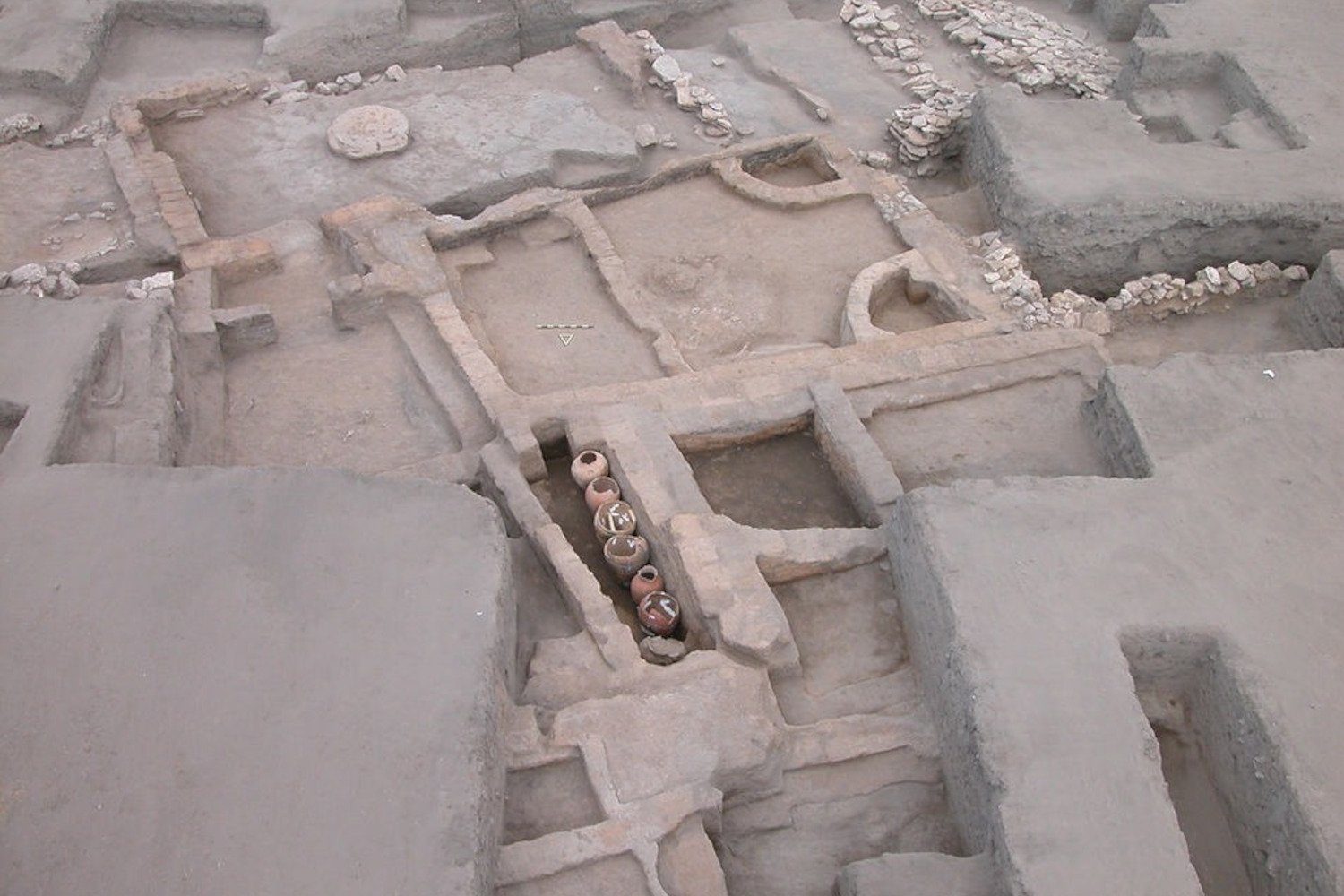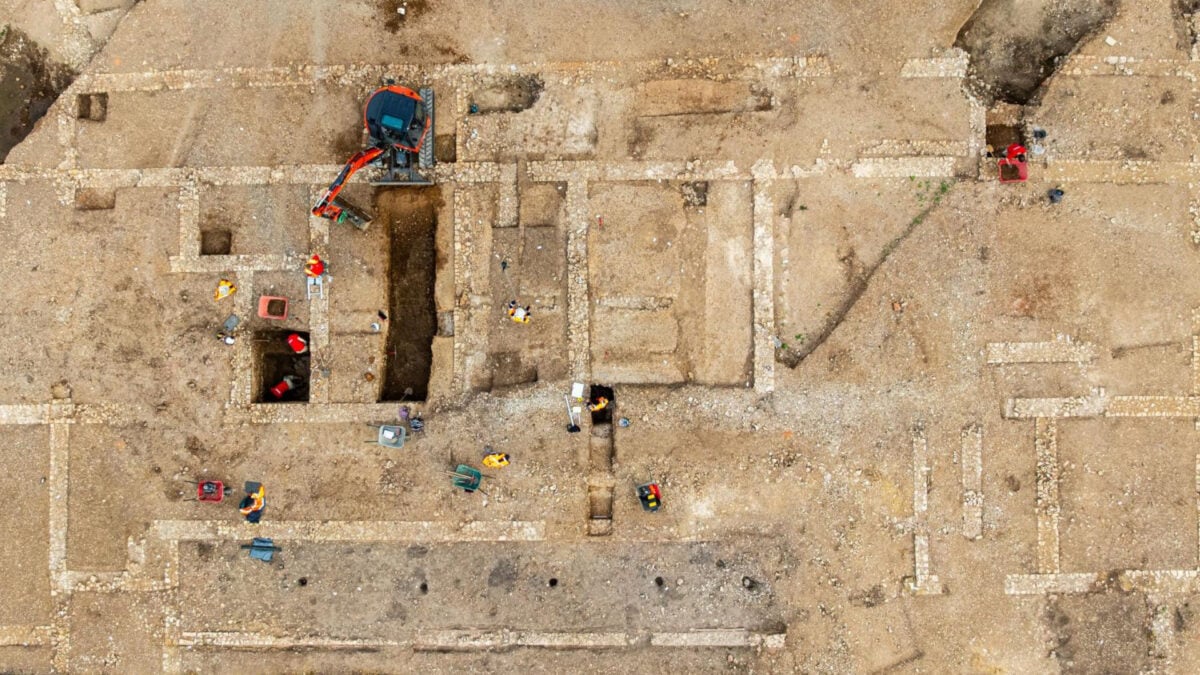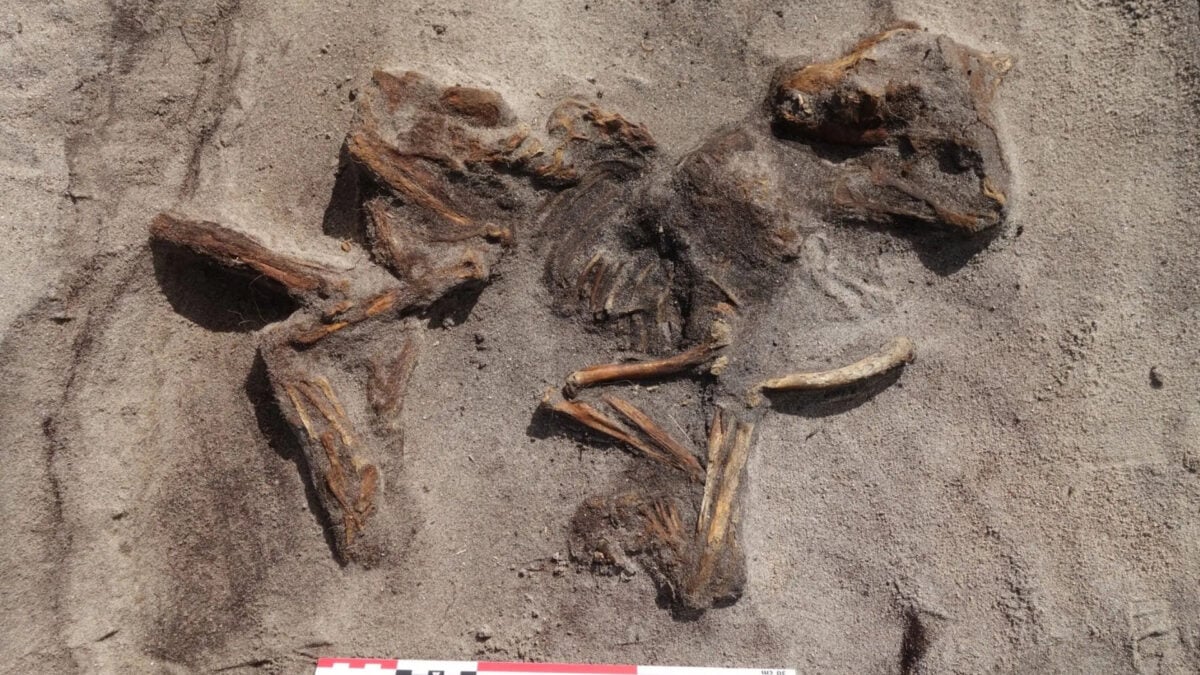While the Great Wall of China is renowned globally, another vast frontier, the Medieval Wall System (MWS), stretches across northern East Asia. Recent archaeological studies are shedding new light on this lesser-known and often remote network, particularly a significant section in Mongolia.
Uncovering the Mongolian Arc’s Purpose
An international team has investigated a 252-mile (405-kilometer) segment of the MWS in Mongolia, the Mongolian Arc. This vast 2,485-mile (4,000-km) network of walls and trenches across China, Mongolia, and Russia saw contributions from dynasties like the Jin dynasty (1115-1234 CE). Archaeologist Gideon Shelach-Lavi questioned its core function: “Was it primarily a military system designed to defend against invading armies, or was it intended to control the empire’s outermost regions…?”
Excavations at an enclosure within the Mongolian Arc revealed not a formidable stone barrier, but a shallow ditch with an earthen mound. While part of an enclosure with thick stone walls, this suggests the Mongolian Arc itself wasn’t primarily defensive. Such a ditch wouldn’t stop an army but could guide civilian movement to gates and symbolize Jin dynasty authority.
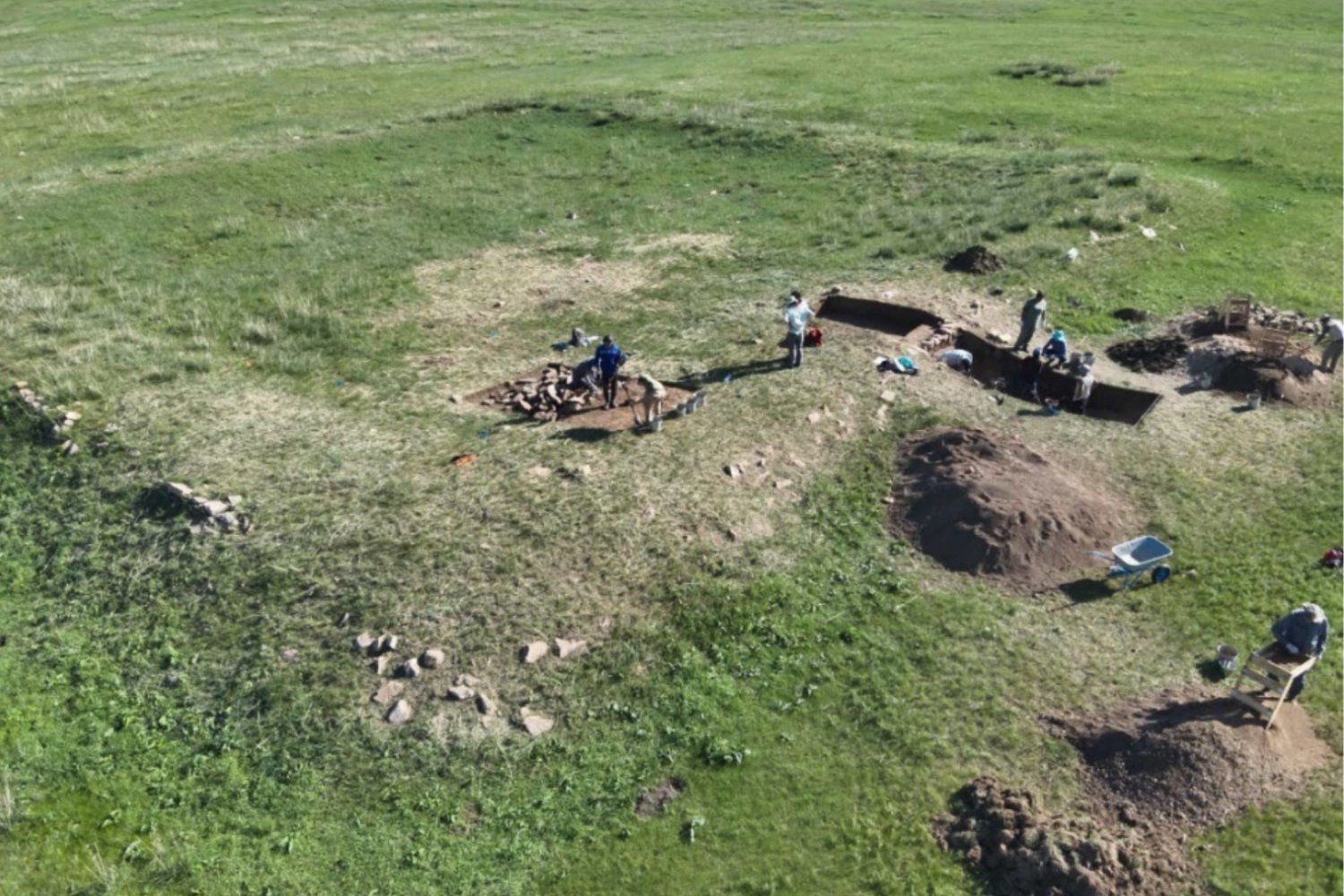 Archaeologists excavating a Jin Dynasty enclosure along the Medieval Wall System in Mongolia
Archaeologists excavating a Jin Dynasty enclosure along the Medieval Wall System in Mongolia
Life Along the Ancient Frontier
Forts along this barrier likely enabled guards to monitor people and goods, reinforcing its role in managing populations. The research, published in Antiquity, also unearthed Song dynasty (960-1279 CE) coins, iron artifacts, and a heated stone platform used as a stove and bed.
Shelach-Lavi notes the “considerable investment in the garrison’s walls…and structures within them” suggests year-round occupation. This indicates the dynasties valued civilian infrastructure that could project power and facilitate trade across this remote historical frontier.
Conclusion
The Medieval Wall System, particularly its Mongolian Arc, appears to have been less about military defense and more about regional control, managing populations, and enabling trade. Future analysis of samples from the site promises to further illuminate the lives of those who inhabited this ancient borderland.



